|
Bastille Day is celebrated in France every July 14th, and in many French-speaking regions worldwide, including the USA. The French also refer to this day as “Le Quatorze Juillet” (the 14th of July) or “La Fête Nationale” (the National Day) On July 14th, 1789. a group of revolutionaries stormed the Bastille prison in Paris, marking the start of the French Revolution. The Bastille was a symbol of the tyrannical rule of the Bourbon monarchy. Without going into a detailed history lesson, suffice it to say King Louis XVI and his wife Marie Antoinette were overthrown, ending the “Ancien Régime.” The Bastille prison was torn down by the order of France’s new revolutionary government, with the last stone removed in 1790. King Louis XVI was publicly beheaded on January 21st, 1793, making him the only French king to ever be executed. Marie Antoinette met the same fate at the guillotine on October 16th, 1793. Although it was a violent time, Bastille Day is celebrated in France with parades, fireworks, food, wine, and dancing. And even though I never need a reason to pour a glass of wine, it’s a perfect time to open a bottle of French wine and toast Bastille Day! Here are three wines that will tickle your palate on Bastille Day or any day of the year! C’EST LA VIE Pinot Noir-Syrah Pays d’Oc IGP 2020 This brand was created by Maison Albert Bichot. The Bichot family was established in Burgundy in 1350. Founded in 1831, Domaines Albert Bichot currently owns six estates throughout Burgundy. This wine is a blend of 60% Pinot Noir and 40% Syrah, with grapes sourced from the Languedoc-Roussillon. It is vinified and finished in stainless steel. Nose: Floral notes, red berries, and a hint of spice. Palate: Vibrant and smooth with strawberry, raspberry, ripe cherry, and a dollop of spice. Alcohol: 13% SRP: $13 Pairing suggestions: Enjoy on its own or with grilled fish, meat, cheese, and light bites. Slightly chilled on a hot day, this wine is quite refreshing. Trenel Beaujolais Cuvée Rochebonne AOP 2021 Maison Trenel was founded in 1928 by Henri Claudius Trénel and is in the heart of the South Burgundy and Beaujolais wine regions. The grapes for this 100% Gamay are sourced from the regional appellation “Beaujolais,” east of the “Pierres Dorées” area, on three parcels east-oriented and facing the Mont Blanc. The wine is aged for five months in cement tanks and is unfined and lightly filtered before bottling. Nose: Fruity aromas, red berries, cherry, spice. Palate: Aromas segue onto the palate with crisp and juicy notes of strawberry, raspberry, cherry, and a touch of pepper lingering on the finish. Alcohol: 12.5% SRP: $21 Pairing suggestions: Soft cheese, cheese tarts, quiche, fish stew, seared tuna, and roasted chicken. La Perrière Mégalithe Sancere 2016 Saget La Perrière is a family-run company in the Loire Valley, France. With 890 acres of vines in the finest appellations and six estates, it carries on the tradition of nine generations dedicated to producing fine wines. The estate’s 106 acres of Sancerre vineyards (Sauvignon Blanc grapes) are in the Bannay, Verdigny, Saint-Satur, Crézancy, and Vinon districts. Megalithe is the icon wine of Saget La Perrière. The first vintage was produced in 1998. The goal of Megalithe is to showcase the beauty of aged Sauvignon Blanc. The grapes are hand-harvested, and “after a gentle pressing, 40% of the must is fermented in new 300-liter oak barrels from Allier. The wine stays in barrel for eight to nine months, and the lees are stirred regularly to give the wine weight and complexity. To preserve the character of Sauvignon, the other 60% of the must is vinified and matured with particular care in steel vats.” Nose: Elegant and complex aromas of honeysuckle, apples, apricots, stone fruit, vanilla, and a touch of flint. Palate: Rich texture with a beautiful balance of salinity and ripe fruit. This wine has so much character! Alcohol: 12.5% SRP: $45 Pairing suggestions: Enjoy as an aperitif or with lobster, seafood, goat cheese, and salads. Until next time… Joyeux jour de la bastille!
Cheers! Penina To leave a comment or if you have an inquiry, please contact me at [email protected] The shortest day of the year is finally behind us, but winter has officially begun. Although I enjoy the beauty of a winter wonderland, I’m not a fan of the slush, ice, and frigid weather accompanying it. So, let’s chase the winter blues away with some white wines and dream of tropical beaches and warmer weather! Trenel Mâcon Villages AOP 2021 Maison Trenel was founded in 1928 by Henri Claudius Trénel and is in the heart of the South Burgundy and Beaujolais wine regions. The grapes for this 100% Chardonnay are sourced from vineyards in Mâcon and 26 villages in the area. The Mâcon Villages Trénel is produced on parcels facing south and southeast in Charnay-lès-Mâcon and Viré. This blend of different clayey soils with variable limestone ratio bestows the right balance on the wine, rich and subtle at the same time. Nose: White flowers, citrus, and apple. Palate: Aromas segue onto the palate with a rich mouthfeel, crisp acidity, and a refreshing finish of lingering citrus notes. Alcohol: 12.5% SRP: $28.99 Feudi di San Gregorio Greco di Tufo, DOCG 2020 Feudi di San Gregorio was established in 1986 by the Capaldo family and is one of Campania’s premier wine estates, located in southern Italy, near Mount Vesuvius in the tiny village of Sorbo Serpico within the Irpinia DOC. This wine is made with 100% Greco, a white grape variety grown mainly in Campania. The grapes for this wine are sourced from the chalky soils of Tufo, contributing to the wine’s minerality, freshness, and persistence. Nose: Beautiful floral notes, melon, citrus, and herbs. Palate: Lush notes of pink grapefruit, juicy pear, and lively acidity, with a touch of mint and balsamic mingling with the fruit on the finish. Alcohol: 12.5% SRP: $28 Oberon Napa Valley Sauvignon Blanc 2022 Oberon Wines is part of the Michael Mondavi Family portfolio. Tony Coltrin is the winemaker for Oberon Wines and is celebrating 50-plus harvests. Having the advantage of being a lifelong resident of Napa, Tony knows every expression of the valley and, specifically, which sub-zones produce Bordeaux grapes that are exceptional. His lifelong relationships with growers throughout Napa Valley are the very essence of Oberon’s quality and consistency. Tony selects top-quality fruit year after year from the finest wine-growing regions throughout Napa. This wine is a blend of 81% Sauvignon Blanc and 19% Sauvignon Musqué. The grapes are sourced from the warm Pope Valley and cool Carneros appellations. Both cold tank fermentation and 14% barrel fermentation are used to maximize the overall fruit expression. “The cold-fermentation in-tank helps us maintain the pureness of fruit and aromatics, and barrel fermentation adds a subtle creaminess and length.” Nose: Notes of tropical fruit, apple, minerality, and herbs. Palate: Aromas segue onto the palate with white stone fruit, honeydew, and nice acidity. Minerality and citrus linger on the finish. Alcohol: 13.7% SRP: $20 Mandrarossa Urra Di Mare, DOC 2021 Mandrarossa is a brand created by Cantine Settesoli, located in Menfi, Sicily, on the island’s southwestern side. Cantine Settesoli was founded in 1958, and it is the largest winery in Sicily and a source of ongoing research and innovative ideas. Mandrarossa is Settesoli’s top brand, which emerged in 1999. This wine is 100% Sauvignon Blanc sourced from vineyards that stretch along south and southwest-facing hills with clay and limestone soils, “a wine created from sea breezes.” 2010 was the first vintage for this wine. Nose: Floral, citrus, white stone fruit, and a hint of herbs. Palate: This refreshing wine is layered with citrus, apricot, peach, herbal notes, crisp acidity, sapidity, and minerality. Apricots linger on a long finish. Alcohol: 11.5% SRP: $19.99 Pairing Suggestions Enjoy the above wines as an aperitif or serve with raw fish, grilled fish, salads, sushi, white meats, light pasta dishes, and cheese platters. These white wines will drink beautifully all year long. And, if you’re missing warmer weather during the winter months, a glass of white wine and a little imagination can transport you anywhere! Until next time…
Cheers! Penina To leave a comment or if you have an inquiry, please contact me at [email protected] It doesn’t matter what time of year it is when it comes to sipping rosé wines. But, a chilled glass of rosé in hand during the warmer months is quite divine! The spring and summer seasons always bring stunning blooms bursting with an array of colors and seductive fragrances. Not to be outdone by mother nature, rosé wines are made in various styles, enticing aroma and alluring shades of pink. And the bottles tend to be beautiful as well. With so many choices on the market, one might be inclined to start a rosé garden! In its simplest terms, wine gets its color from the skin of grapes, and there are several methods of achieving this with rosé wine. Limited Skin Maceration Rosé wine is produced from red grapes with limited skin contact during maceration. After harvest, the grapes are crushed, and the juice is allowed time on the skins, which could be just a few hours or up to a week. The less time spent on the skins, the lighter the color of the wine will be. The longer the maceration, the darker and more flavorful the rosé will tend to be. After maceration, the juice is drawn off, and fermentation of the wine begins. Direct Press With this method, the grapes are pressed to remove the skins (such as with white wines), and juice is immediately drawn off, only allowing the juice to contact the skins for a very short time. This process produces some of the lightest-hued rosés. Winemakers often use this method for darker-skinned grapes. Saignée Method This method is also referred to as the “bleeding” method. It was originally a method used to make concentrated red wines. With this technique, red wines are vinified using a standard process, but in the early stages of maceration, the winemaker will “bleed” some of the red wine juice from the tank and then vinify it separately as a rosé. Saignée rosés are richer, darker, and more flavorful. Some winemakers like to age their Saignée rosés in oak barrels. The variety of grapes used, the regions, production techniques, and harvest year all play a significant role in these wines’ style, color, and flavor. Rosé wines can range from delicate to rich, extra-dry to sweet, simple tank fermentation to barrel-fermented, and runs the spectrum of diverse flavors such as light citrus to deeper, fruitier wines. For many consumers, buying rosé wine is motivated by the “pink” wine in a pretty bottle that complements the care-free months of warm weather. For others, it is the country, region, style, and grape variety that influences their purchase. Here are a few pretty shades of pink in both still and sparkling style that I hope inspire you to start your rosé garden! Still Rosés France Château Puech-Haut Tête de Bélier Rosé AOP Languedoc 2019 The grape blend for this rosé is 99% Mourvédre and 1% Grenache, sourced from Languedoc-Saint Drezery vineyards. Aroma: Citrus, strawberry, floral, and a touch of minerality Palate: Lovely layers of fresh berries, notes of exotic fruit, citrus, and spice. A complex wine with a generous mouthfeel and long finish. Alcohol: 14.1% SRP: $34 Jean-Luc Colombo Cape Bleue Rosé 2020 This is a blend of 67% Syrah and 33% Mourvédre. Grapes are sourced from vineyards in the hills above the bay of Marseille, next to Provence. The saignée method is used, and then the wine juice is fermented in stainless steel tanks for three weeks. Aroma: Rose petals, raspberry, white stone fruit, and watermelon Palate: Crisp and refreshing with notes of raspberry, peach, minerality, and a touch of sour cherry. Alcohol: 12.5% SRP: $14.99 Côté Mas Aurore Rosé Pays d’Oc IGP 2020 Domaines Paul Mas is located in Languedoc, where 20% of the estate vineyards are farmed organically, with the rest farmed using sustainable practices. This rosé is a blend of 50% Grenache, 30% Cinsault 10% Syrah, and 10% Vermentino. The bottle is very eye-catching with its colorful label! Aroma: Floral, strawberry, cherry, and a hint of melon Palate: Ripe red fruit with lush berries and nice acidity with a mineral edge on the finish. Alcohol: 14.2% SRP: $13.99 Spain Inazio Urruzola Getariako Txakolina Rosé DO 2019 This estate is located in the heart of Basque country. The wine is a blend of two indigenous grapes, 50% Hondarr Abi Zuri and 50% Hondarr Abi Beltza. Aroma: Floral, fresh berries, and green apple Palate: Juicy fruit, berries, ruby grapefruit, Vibrant acidity balanced with minerality. Quite refreshing. Alcohol: 10.5% SRP: $20 Italy Bertani Bertarose IGT 2020 The historic Bertani winery is located in the Veneto region of Italy. This rosé is made with 75% Molinaro and 25% Merlot. Grapes are sourced from hillside vineyards above Lake Garda. Grapes are vinified separately, with only the Molinaro having skin contact. The blend is then aged in stainless steel tanks for about three months on the lees. Aroma: Floral, red and dark fruit, pomegranate, and grapefruit. Palate: White flowers, ruby grapefruit, strawberry, and a hint of cherry. Lovely balance between acidity and salinity. Alcohol: 12% SRP: $19.99 Planeta Sicilia DOC Rosé 2020 Planeta has vineyard locations in five territories spread throughout Sicily with six boutique wineries. The grapes for this rosé were sourced from Dispensa Estate in Menfi (western Sicily) and is a blend of 50% Nero d’Avola and 50% Syrah. Aroma: Floral, red berries, melon Palate: Berries, white stone fruit. A refreshing, dry wine with crisp acidity and hints of minerality and salinity. Alcohol: 12.5% SRP: $19.99 Austria Pratsch Niederösterreich Rosé 2020 This wine is made from 100% Zweigelt grapes sourced from organic vineyards in the Weinviertel region bordering Vienna. Aroma: Strawberry, hints of citrus Palate: A delicate and dry rosé with flavors of pear, strawberry, and juicy white stone fruit. Refreshing acidity and lemon zest on the finish Alcohol: 11.5% SRP: $13 Argentina Susana Balbo Signature Rosé 2020 Sourced from Valle de Uco in Mendoza, this rosé is a blend of 60% Malbec and 40% Pinot Noir. Grapes are fermented in stainless steel tanks for 20 days. Aroma: Ripe berries, cherry, citrus, and a hint of minerality Palate: Aromas continue onto the palate with notes of strawberry. Fresh, vibrant, and juicy. Alcohol: 13% SRP: $20 Sparkling Rosés Sparkling rosés are available in a variety of styles produced around the world. They are made in either the traditional method, where the second fermentation takes place in the bottle, or the tank (Charmat) method, where the second fermentation occurs in a steel tank. Sparkling wines go by different names depending on country/region/appellation of origin, such as: Champagne and Crémant – France Sekt – Germany Cava – Spain Prosecco – Italy Crémant De Bourgogne Rosé NV Brut AOC This wine is produced by Prosper Maufoux, located in the south of the Côte de Beaune in Burgundy, France. It is a blend of Pinot Noir, Chardonnay, and Gamay, made in the Traditional Method. Aroma: Ripe red fruit, berries Palate: Crisp and light, soft citrus notes, strawberry, raspberry. Fine bubbles. Alcohol: 12% SRP: $19 Santa Julia Argentina Brut Rosé NV This wine is 100% Pinot Noir. Grapes are sourced from Tupungato vineyards in Mendoza. The direct press was used and wine produced using the Charmat method. Aroma: Nice strawberry and raspberry notes. Palate: Crisp and lively with light notes of fresh berries and pomegranate. Creamy, with a touch of yeast and nice acidity. Alcohol: 12.5% SRP: $13 Prosecco Rosé As of January 1, 2021, the Denomination di Origins Controllata (DOC) consortium gave its final stamp of approval for making Prosecco Rosé, setting these wines apart from other pink sparkling wines made in Italy. The grapes for Prosecco Rosé must be sourced from a specific geographic area that has passed the Italian Government’s quality requirements. Only Glera grapes (85 -90%) and Pinot Noir (10-15 %) are allowed. The DOC guidelines also require that Prosecco Rosé be fermented for at least 60 days in stainless steel tanks. Also, they must be vintage-dated and labeled Prosecco DOC. These sparkling wines range in style from very dry to slightly sweet. If you are a fan of Prosecco, then you will enjoy these sparkling rosé wines. Gran Passione Prosecco DOC Rosé Millesimato 2019 Extra Dry
It is produced by Botter, located in the Veneto region. 85% Glera, 15% Pinot Noir Wine is made using the Charmat method. After bottling, it is cellared for two years. Aroma: Floral, red berries, and cherry Palate: Fresh and crisp, with notes of pear, citrus, honey crisp apples, and strawberry. Fine perlage. Alcohol: 11% SRP: $13 Il Fresco Prosecco DOC Rosé Millesimato 2020 Villa Sandi produces it. The grapes for this wine come from Treviso, the heart of Prosecco. Wine is made using the Charmat method. Aroma: Floral, berries, apple Palate: Fresh, light, and dry. Red berries, sweet apple, pomegranate, citrus, and a touch of floral. Creamy mouthfeel and fine bubbles. Alcohol: 11% SRP: $17 Riondo Prosecco Rosé DOC Millesimato 2020 Extra Dry This wine is produced by Collis-Riondo, located in the Veneto region. It is a blend of 90% Glera and 10% Pinot Noir. Aroma: Floral, cherry, fresh berries, and apple Palate: Dry and lively with juicy notes of raspberry, peach, cherry, and sweet apple. Creamy mouthfeel and fine bubbles. Alcohol: 11% SRP: $14.99 All of the above wines will drink beautifully as an aperitif or pair nicely with light appetizers, seafood, salads, grilled chicken, Asian and Mediterranean dishes, and desserts. A big thank you to Winesellers, LTD, Folio Fine Wine Partners, and Taub Family Selections for their generous contribution to my rosé garden. Until next time... Cheers! Penina This story was originally published on Santé Magazine. To leave a comment or if you have an inquiry, please contact me at [email protected] “SOMEONE ONCE TOLD ME YOU WILL NEVER FIGURE OUT BURGUNDY AND I PROBABLY AGREE, AFTER 30 YEARS. BUT MAYBE THAT IS THE WHOLE POINT. THE JOURNEY”. Dennis Sherman When an email popped up in my inbox asking if I’d be interested in receiving some samples of quality Burgundy wines from an online wine store based in Burgundy, my curiosity was piqued. Of course, I said yes! Not only is Elden Selections (https://www.burgundywine.com) worth writing about, but also the owners and creators of this online store are a fascinating duo to boot! Located in the east-central part of France with over 74,000 acres of vineyards, Burgundy (Bourgogne) is recognized worldwide and is considered the classic region for growing and producing Chardonnay and Pinot Noir. The region is made up of five major growing areas, 3500 domaines, 100 appellations and over 1200 unique climate and soil compositions throughout. Needless to say, when shopping for Burgundy wines, it can be a bit confusing, if not overwhelming! Thanks to Eleanor Garvin and Dennis Sherman (El and Den) owners of Elden Selections, they have taken the confusion out of selecting and buying these wines. It all began in 1983 when American born El and Den, with no return to tickets to Maryland, arrived in Europe with the notion of becoming apprentices to the great chefs of France. However, their journey began with backpacking, hitchhiking and making their way to North Africa for a while. With diminishing funds, they finally made their way to France. Temporary jobs saw them through a few seasons before finally getting bona fide jobs in Beaune and then eventually cooking on a hotel barge in Alsace and then in Burgundy. Two years later they bought Le Papillion, a 100-year-old barge and for the next ten years, they entertained passengers with French cuisine and wine as they traversed the waterways. Once back on dry land, El and Den established Elden Selections in1992, a Burgundy focused online wine store specializing in small-estate wine. Elden Selections is not a wine club and there is no minimum purchase required. All the wine is carefully selected and covers a wide range of appellations, with the focus on the producers. To quote Dennis, “For me, it’s all about the winemakers, the producers. We seek out those who are passionate, dedicated and creative. We work with them over many vintages to assemble our collection of wines that present the very best of Insiders Burgundy, its many and varied appellations, climats and vintages. We are not sure we'll ever figure it out fully but we are enjoying the journey. We hope you join us'. Elden Selections offers over 250 products from 30 producers, concentrating on small quantity, minimal intervention, farmer-made, food-friendly and estate- bottled. The price of wines ranges from under $30 to $300, including 13 Grand Crus! The website is user-friendly and includes invaluable resources for learning about the Burgundy region, each wine producer and a comprehensive description of each wine for sale. The website also has educational videos and wine tasting videos. El and Den have lived and worked in Burgundy for over 30 years. They own a beautiful manor house called “The Domaine de Cromey” located just south of Beaune that is complete with six en-suite guest rooms. They offer food and wine workshops, vineyard visits and invites into wine cellars not usually open to the public. (www.domainecromey.com). In addition to wine, food is also a passion for the Shermans. Ellie is a professional chef and has published several cookbooks, sharing her joy for all things food. El and Den have an insider’s knowledge of the region, producers and wine. They live and breathe Burgundy every day. El and Den follow the harvest, taste the wines in the cellars before bottling and after bottling. I can’t think of a better place to research and buy Burgundy wines than on Elden Selections. And the best part is receiving quality wine for less than you would pay in a local wine store! The wines that I received were impressive and I will be savoring them over time thanks to my Coravin System! Check out Elden Selections website and let me know what you think!
Until next time… Cheers! Penina To leave a comment or if you have an inquiry, please contact me at [email protected] Over the Labor Day Weekend, I sampled a few vintage wines from our restaurant days in New York City. Some of the wines didn’t warrant a second sip, and a few others were worth taking notes on. And then, there was this. Most Pinot Noirs are not known for their longevity and are best enjoyed within a few years of bottling. However, there are a few Pinot Noirs that stand the test of time and this is one of those wines. Domaine Confuron-Cotetidot is a family run business that dates back to the seventeenth century during the reign of Louis IV. The Confuron family has always been vignerons specializing in vine selection and propagation. Yves Confuron runs the estate today along with the help of his brother, Jack, who is an oenologist. Their parents still work the vines as they have always done for the past fifty years. The family vineyards are spread throughout the Côte de Nuits located in the northern half of the Côte d’Or wine region in Burgundy, France. In addition to their village level wines, the estate has an impressive array of premier cru and grand cru sites that include the famous Vosne- Romanée Les Suchots of which they are one of the largest holders. For the most part, vines in all of their vineyards average around 65 years of age. Within the Côte de Nuits are two Grand Cru vineyards, Vosne-Romanée and Chambolle-Musigny, where some of the most famous and expensive Pinot Noirs are produced. Vosne-Romanée is a small commune that has been producing notable wines for thousands of years. Les Suchots is located within this commune and it is the largest Premier Cru climat in the Vosne-Romanée appellation. Climat refers to delineated plots of land that have specific climatic and geological conditions. The climate here is balanced between the warm sun and cool winds that help to develop rich fruit complexity and good acidity in the wines. Domaine Confuron-Cotetidot Vosne-Romanée 1er Cru-Les Suchots 1998 The bottle showed a small amount of wine evaporation (ullage), but the cork was good so I used the Coravin system to extract a glass of wine. This 100% Pinot Noir had a beautiful garnet color with tawny around the rim. The heady aromas of floral, kirsch, spice and red fruit, notably cherry, were encouraging. Before the wine had time to open my palate was treated to red berries, spice, earth and gripping acidity. After twenty minutes the fruit and spices were more pronounced. I tasted cherry, raspberry, spice, mushrooms and anise. This wine still has an impressive complexity to it and expresses the terroir beautifully. It made me fall in love with Pinot Noir all over again! Alcohol: 13% I’m looking forward to uncorking this bottle very soon! Until next time…
Cheers! Penina To leave a comment or if you have an inquiry, please contact me at [email protected] Imagine grand châteaux, wine vineyards, limestone cliffs, intriguing caves, the Morvan National Park, Forest des Bertranges, picturesque rivers and canals, and you have arrived in Bourgogne, aka Burgundy. To begin, Bourgogne is the French name for Burgundy. According to the Bourgogne Wines Board, “To re-affirm its identity as one of the most iconic vineyards of France, the region and its producers are reverting to the original French iteration of its name - Bourgogne. By maintaining this one identity, Bourgogne returns to its historical roots as the consummate brand treasured by consumers the world over.” Located in the east-central part of France with over 74,000 acres of vineyards, Bourgogne is recognized worldwide and is considered the classic region for growing and producing Chardonnay and Pinot Noir. The region is made up of five major growing areas each with its own unique climate and soil as represented on the map below. Chablis is to the north with a cool continental climate and as we move south the climate is predominantly moderate continental. The soil types vary and can change significantly over small areas due to small geological faults, combined with gradual erosion. It is important to note that limestone is the primary soil that influences the character and quality of Bourgogne wines in addition to the microclimate and grape variety. Bourgogne has a very complex and quite comprehensive classification system. There are 84 Appellations d’Origine Contrôlée (AOCs) throughout Bourgogne and four levels (classifications) of wine within the region starting with Regional, Village/Communal, Premier Cru and ending with Grand Cru. The regulations become stricter and pricing increases as you advance up the levels. Within the Bourgogne AOC, the Régionale appellations have their own geographic denominations with one of them being DGC (dénomination géographique complémentaire.) DGC wines have more restrictive production conditions than those of Régionale appellations without a denomination. There are 14 DGCs of the Bourgogne appellation with their own levels as well. Did I mention a complex system? Are you confused yet? I certainly am! So, let’s move on and dive into four wines representing the Bourgogne DGC appellation. Domaine Olivier Morin Bourgogne Chitry Blanc Constance 2017 Domaine Olivier Morin is located in the medieval town of Chitry-le-Fort, which is just a few miles from Chablis. This six-acre estate is part of the Bourgogne Chitry AOC appellation. Chalky, Kimmeridgian limestone soil dominates the vineyards mirroring the terroir of Chablis with vines ranging from 10 to 25 years old. This unoaked 100% Chardonnay is dry, light and refreshing. It was aged for one year in stainless steel tanks and bottled unfiltered. This wine has a pale straw color with a slightly green hue. A lovely bouquet of floral, citrus and minerality lead to green apple, white flowers and citrus on the palate. Bright acidity, minerality and a burst of lime zest on the finish give this wine a lot of character. Serve as an aperitif or with seafood and light pasta dishes. Alcohol: 12.5% SRP: $21 Olivier Merlin Mâcon Blanc La Roche Vineuse 2016 Domaine Merlin is located in the village of La Roche-Vineuse at the foot of the Mâconnaise rocks in southern Burgundy. Mâconnaise wine region is about 150 miles south of Chablis and is warmer than the rest of Burgundy. The wines tend to be fuller and the fruit riper. Grapes for this wine were hand-harvested from vines growing in clay limestone of the Quaternary (soil dating back millions of years ago during the Jurassic period). This wine is 100% Chardonnay and was aged for 15 months. Ten percent was aged in older Burgundian barrels and the rest aged in stainless steel tanks. The wine was slightly filtered before bottling. The color of the wine is soft yellow with intriguing aromas of floral mixed with minerality and exotic fruit. This is a dry, crisp wine that is loaded with treats for the palate. It is fresh and juicy with white peach, pineapple, citrus, a trace of fennel and a lengthy candy apple finish. Serve as an aperitif or pair with seafood, grilled veggies and light pasta. Alcohol: 13% SRP: $23 Dominique Cornin Mâcon Chaintré 2016 Cornin Vignerons is located in the Mâcon Chaintré appellation. The grapes for this wine were hand-harvested and organically farmed from different plots situated at the foothills of Chaintré. Vines were planted between 1968-1985 in soil of clay limestone beaded with fluvial pebbles. This wine was aged in vats on fine lees for 11 months. This is 100% Chardonnay with a light yellow color. Notes of acacia, citrus and melon on the nose segue onto the palate with honeydew melon, apple and a trace of anise. This wine is a delightful dance on the palate and beautifully balanced between acidity and alcohol. I am including the winemaker’s description because it is so poetic! “We bite into a Chaintré like a green apple, using all our teeth! It is juicy and refreshing. We bite and we are bitten by its charm, put under a spell by its exuberant nose and dashing white flower, fresh fruit and citrus zest aromas. A glass of Chaintré in hand is a flower on a lapel, a crisp water colour, it’s spring weather that warms life. A glass of happiness, carefree and hopeful…” Drink as an aperitif or serve with light fare. Alcohol: 13% SRP: $25 Vigneron de Buxy Bourgogne Côte Chalonnaise Buissonnier Rouge 2015 Cave des Vigneron de Buxy is a collective initiative comprised of 120 winegrowers and family farms. They are located in the Bourgogne Côte Chalonnaise regional appellation. The boundaries extend from Montagny in the south up to Chagny in the north, ending just south of Côte d’Or. The grapes for this wine were selected from plots located in the middle of hillsides with shallow soils of clay and limestone with very stony grounds. Vinification takes place in stainless steel vats and then in casks or oak casks. Duration of aging in wood is dependent on the vintage. This is 100% Pinot Noir with a dark ruby color bordering on brick. Succulent aromas of berries, cherry and spice spill onto the palate with bursts of dark cherry, rich and jammy fruit, spice and earth followed by a finale of pepper and vanilla. It is a perfect balance between the acidity and soft tannins. Pair with game, meat, grilled tuna and veggies.
Alcohol: 13% SRP: $16.99 These are considered entry-level wines, but they are complex, refined and quite enticing. And they undeniably represent the terroir of Bourgogne. It just goes to show you that one doesn’t have to spend a fortune to indulge in the wines of Bourgogne! Until next time… Cheers! Penina To leave a comment or if you have an inquiry, please contact me at [email protected] Once upon a time, I met a successful NYC restaurateur who introduced me to wines that I had only heard of or read about. He opened up a whole new world for me to explore. And thus began my education and love affair with wine. I went on to marry the restaurateur and we continued exploring and tasting wine together. Alas, the marriage eventually ended after juggling three restaurants, a cabaret club and recording studio, but our shared passion for wine has never wavered. Recently, I received a gift of several boxes of vintage wine from the restaurateur who is in the process of cleaning out his cellar. I have tucked away this precious cargo, but every now and then I will be opening and sharing these wines with my friends. I’m sure that not all of the wines have survived through the years even though they were kept in a cool environment. As I open each bottle, I will post my findings here. So, let’s start with Domaine Fontaine-Gagnard 1998 Bâtard-Montrachet Grand cru. Domaine Fontaine-Gagnard is located in the village of Chassagne-Montrachet in the heart of Burgundy, France. Laurence, the daughter of Jacques & Marie-Joseph Gagnard and Richard, whose families have worked the vines going back several centuries, founded the domaine in 1985. Bâtard-Montrachet is one of five Montrachet Grand Cru vineyards that lie between the villages of Puligny-Montrachet and Chassagne-Montrachet. With just under 28 acres, Bâtard-Montrachet is considered home to the world’s greatest white wines, specifically, Chardonnay. The soil is limestone based and is deep, rich and gravelly, contributing to an emphasis in the wine’s minerality, richness and elegance. I had misgivings about this bottle of Chardonnay, as the color appeared a little off inside the bottle. Another wine writer and I opened the bottle while dining out. The color of the wine discouraged me, but my friend was not deterred. After a few swirls, then smelling and tasting, I announced, “this is not Chardonnay as we know it.” For me, the bouquet and palate were more reminiscent of a mild Madeira wine. There were traces of dried fruit, toffee and vanilla. Yes, it was “drinkable”, but for me, not enjoyable. However, my friend found the wine to be interesting, even though it was well past peak. He said it was unctuous, had nice caramel notes and a good mouthfeel with depth. The owner of the restaurant where we were dining suggested opening a bottle of Louis Latour 1998 Bâtard-Montrachet Grand cru that he had stored in his wine cooler. Of course, we said yes! Louis Latour 1998 Bâtard-Montrachet Grand cru was a soft gold color with aromas of honey, soft citrus and subtle floral. The palate was subtle but flavorful, with hints of apple, dried fruit, honeysuckle and minerality. It was quite enjoyable and impressive for a twenty-year-old wine. And, it was fun to compare the 1998 vintages from the same vineyards, but different producers. As we neared the end of our meal, I tasted the Fontaine-Gagnard again. It had softened and was palatable. However, the Louis Latour was the winner, hands down!
I’m looking forward to opening more bottles from my new collection. And hopefully, there will be some real treats to savor. As I have no doubt that the “restaurateur” is reading this story, I want to say thank you, not only for the recent wine delivery but for also introducing me to wine and continuing to support and be a cheerleader for my wine, food and travel endeavors over the past few years. Until next time… Cheers! Penina To leave a comment or if you have an inquiry, please contact me at [email protected] 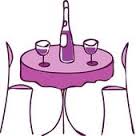 My weekend started with a visit to a friend’s home for wine, appetizers and of course some fun “catch up” talk and laughter. Being the perfect hostess that she always is, there was an assortment of wine chilling in the refrigerator as well as an abundance of reds to choose from. The choice was mine, so I opted for the William Fevre 'Champs Royaux' Chablis 2015. 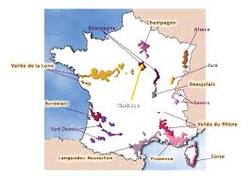 Chablis region is an historic wine-producing town located in the northernmost wine district of Burgundy, France. The Chablis wine region runs along the Serein valley and across 19 communes. Chablis is called the “Golden Gate of Burgundy”. These are not typical Burgundy white wines. Due to Chablis cooler climates, the wines are lighter, less fruity and have more acidity than the warmer Chardonnay producing wine regions. Most of the terroir is limestone and clay soils, rich with fossils and oysters. William Fèvre is descended from a family that dates back to living in Chablis for over 250 years. Following in his father’s footsteps and with 7 hectares of vineyards, Fèvre began making wine in 1959. Today, the estate is owned by the Henriot family of Champagne and boasts 78 hectares of vineyards. It is one of the largest in Chablis of which 15.9 are classified as Premiers Crus and 15.2 as Grand Crus. “Practicing sustainable growing in its vineyards for nearly 12 years now, Domaine William Fèvre has just obtained “High Environmental Value” (HVE) status, the highest level of environmental certification (February 2015).” https://www.williamfevre.fr/en The 'Champs Royaux' Chablis 2015 was chilled to perfection. The color is pale lemon with subtle floral, citrus and white peach aromas. This is a light-bodied wine with crisp acidity and mineral notes, offering fresh fruit and citrus on the palate. The wine paired beautifully with the array of appetizers! Happy Saturday!
Cheers! Penina To leave a comment or if you have an inquiry, please contact me at [email protected]  It’s Super Bowl weekend and the parties have already started. 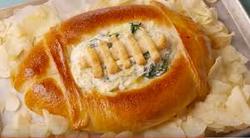 For the past two weeks recipe suggestions for the big day have inundated my Facebook, Twitter and Instagram accounts. Some of the recipes are quite impressive and unique ranging from simple fare to “food” footballs. Just google “recipes for Super Bowl” and be prepared to click on hundreds of links! 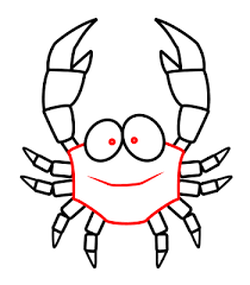 Since I will be attending a Super Bowl party, my only preparation this year will be bringing my famous and delicious warm Crabmeat Dip. If you would like the recipe, please email me. Everyone seems to have an opinion as to the appropriate wine one should open for Super Bowl night. As far as I’m concerned, the only thing that matters is that you enjoy what you open. And I personally think that any wine goes with football! In fact, maybe wine isn’t the answer. Perhaps your “go to” drink might be vodka, scotch, beer, cognac, soda or juice! I plan on bringing a bottle of 2014 Domaine Dutron Pere et Fils Saint- Véran, a lovely white Burgundy produced in the southernmost appellation of the Mâconnais region of Burgundy. The wine should pair nicely with the crab dip. Whatever you eat or drink, enjoy the game! I hope your team wins!
Cheers! Penina  In yesterday’s post I asked which wine you would have opened with the pasta and shrimp dinner. The Burgundy was favored by most of you. It was a tough decision, but I opened the Burgundy!  The 2014 Domaine Dutron Pere et Fils Saint- Véran is produced by the Dutron family who has owned the estate since 1835. “Pere et Fils” means “father & son” in English. Denis Dutron now continues the family tradition of making these delicious wines. Saint- Véran is located in the southernmost appellation of the Mâconnais region of Burgundy where wines are made exclusively from the Chardonnay grape. The Saint- Véran was pale gold with aromas of pear, honeysuckle, nuts and sweet spice. The palate offered lively fruits such as guava and pear, bursts of citrus and hints of hazelnut and floral. Full-bodied and fresh with a nice finale...it was an excellent choice! It’s a rainy day with snow expected this evening! Spring is taking a backseat this weekend.
Happy Saturday! Cheers! Penina |
Categories
All
|

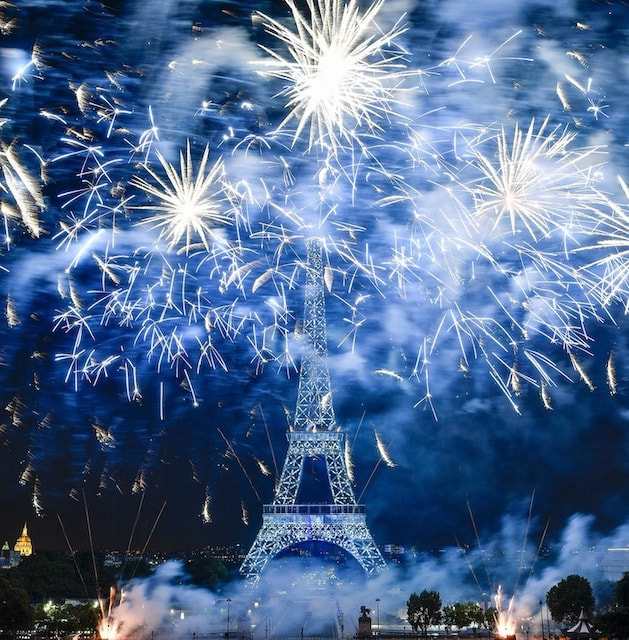
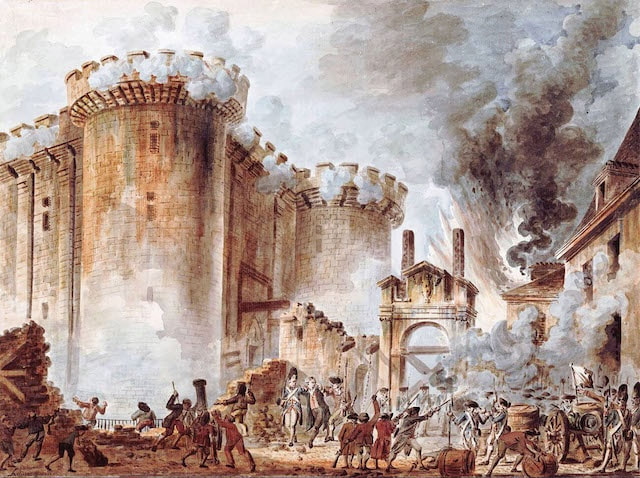
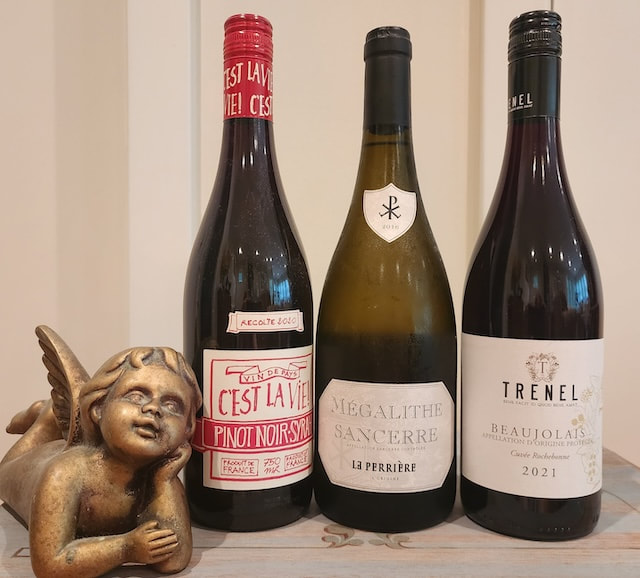
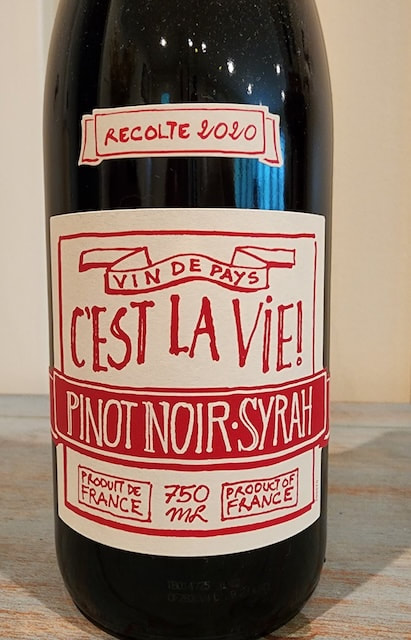
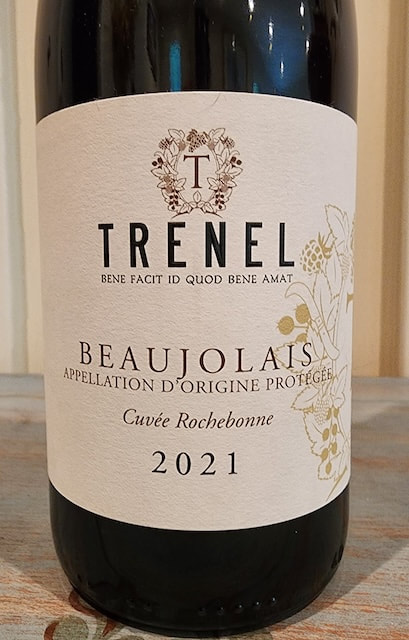
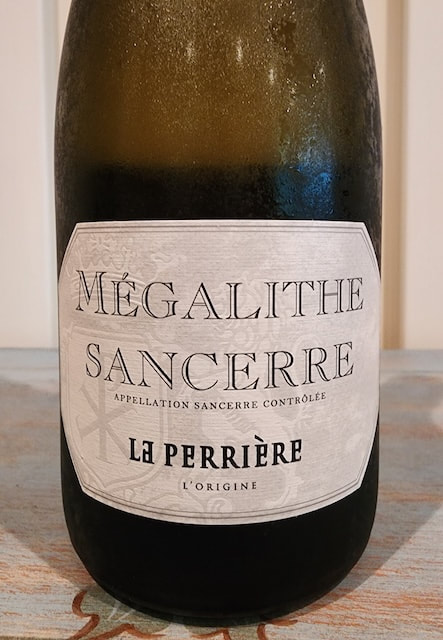
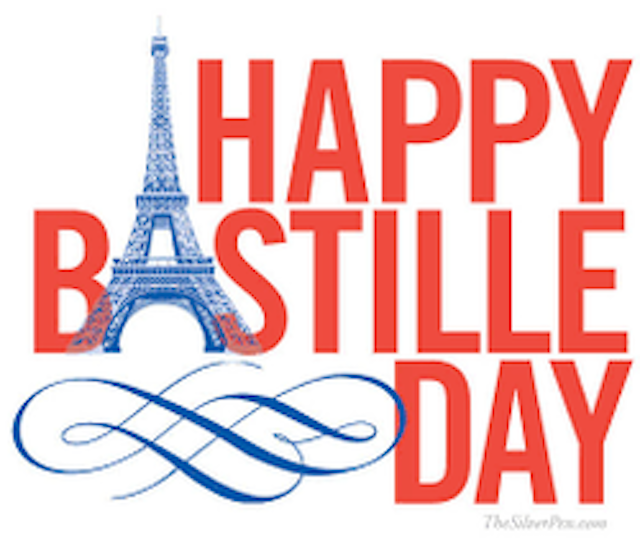
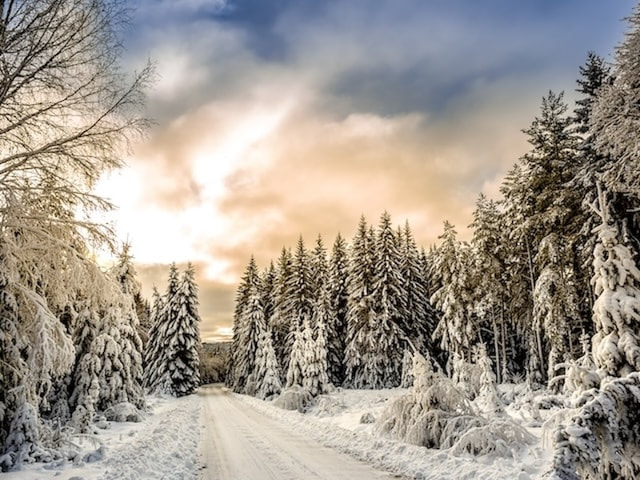
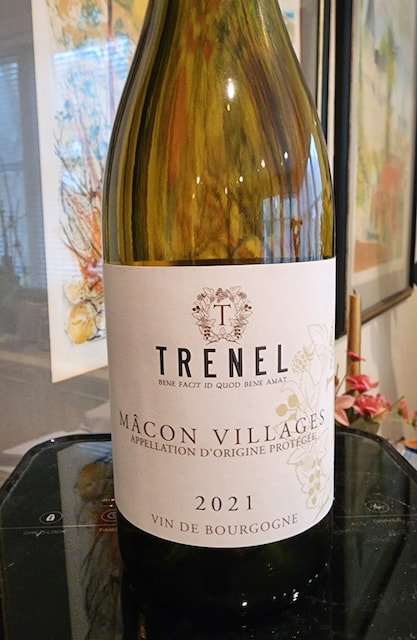
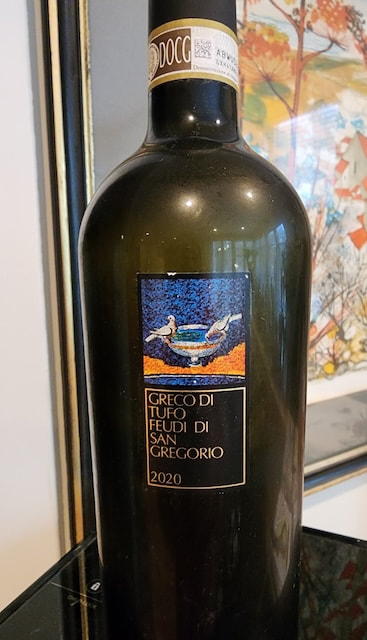
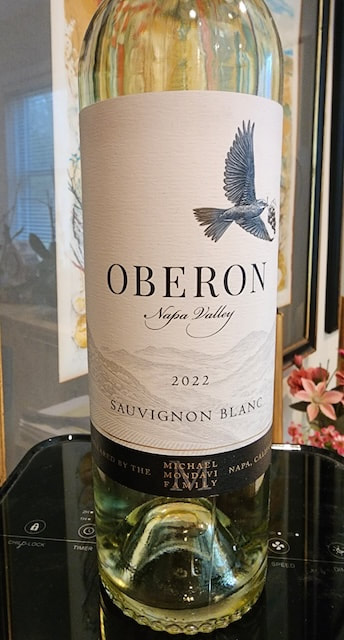
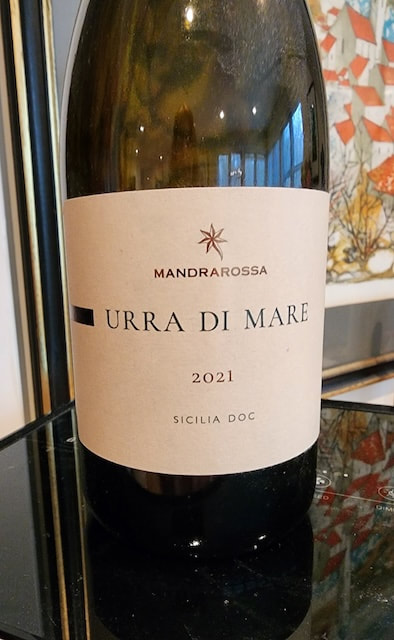
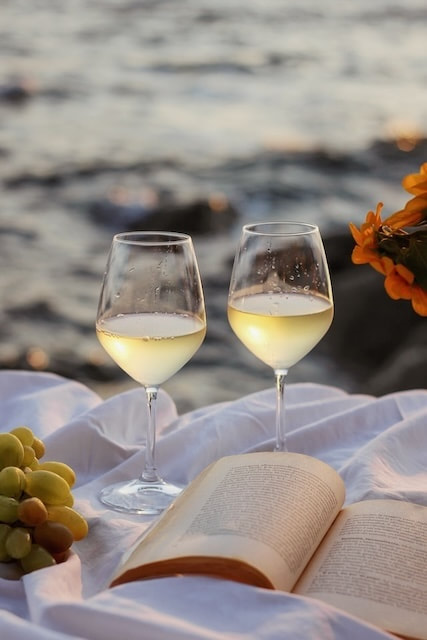
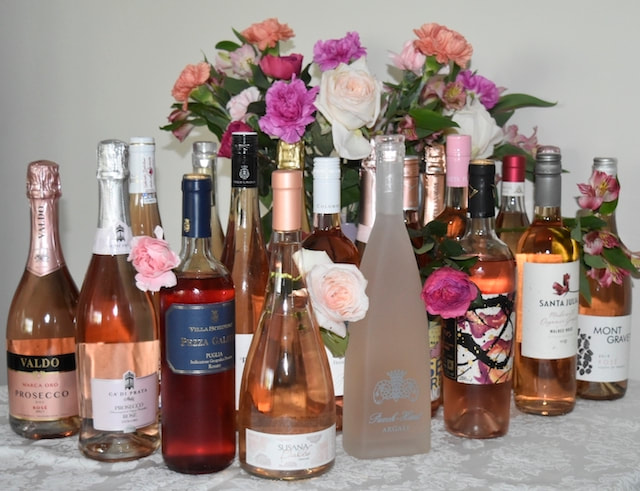
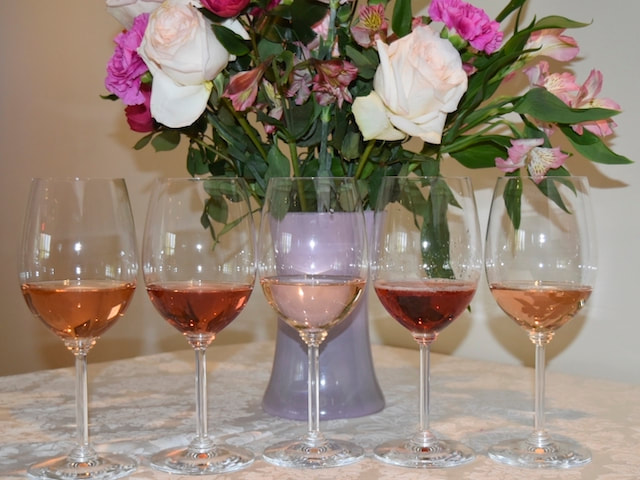
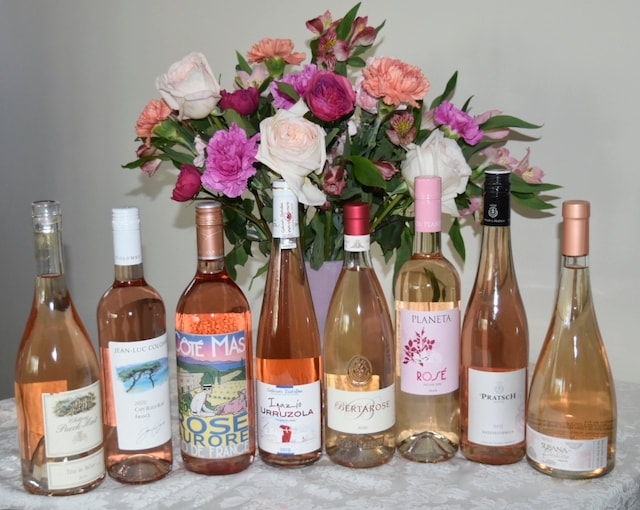
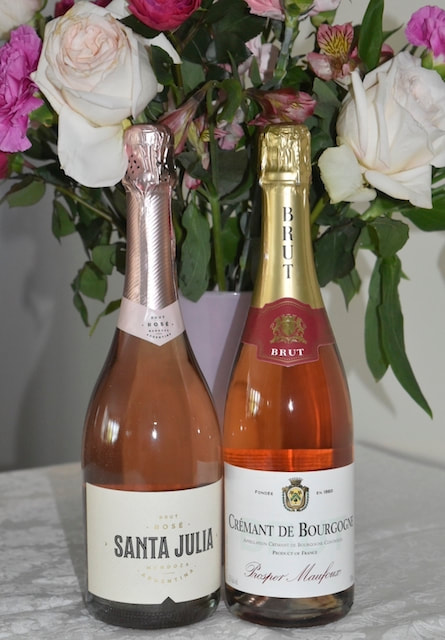
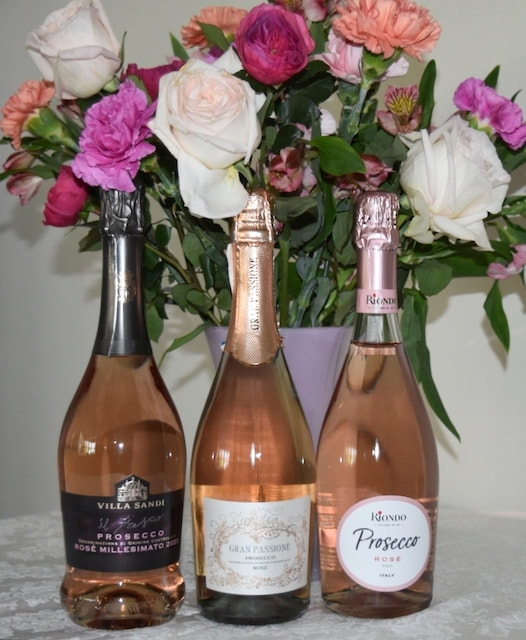
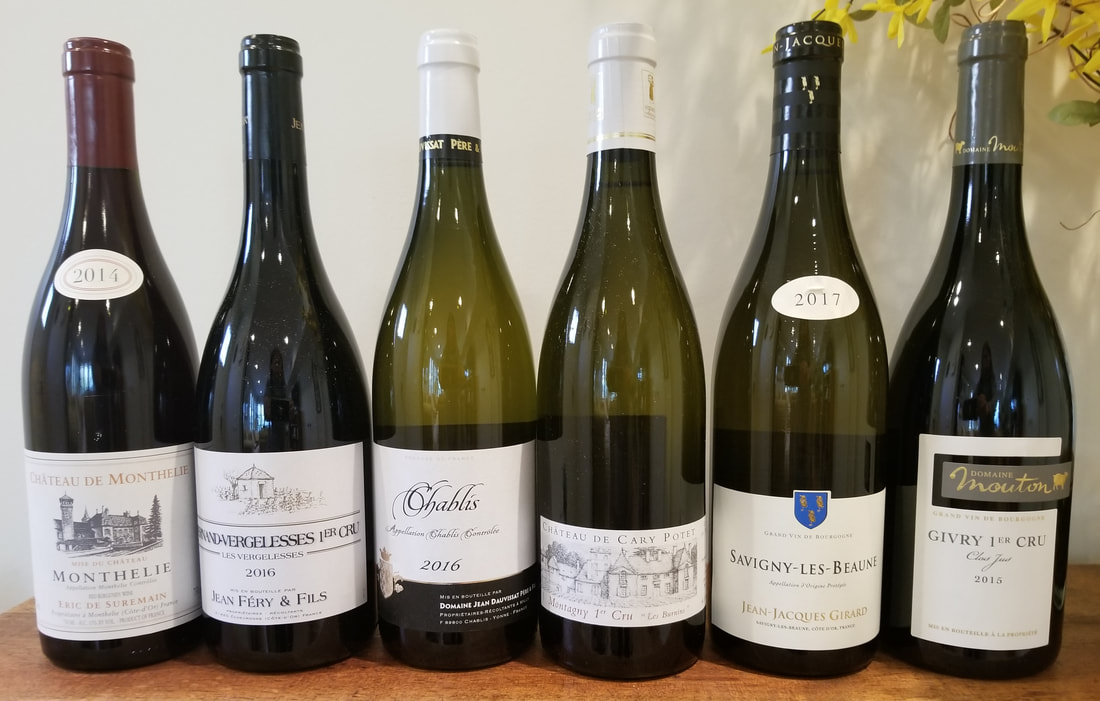
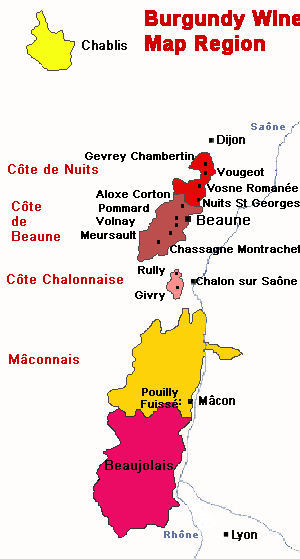
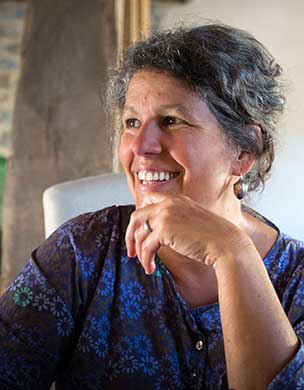
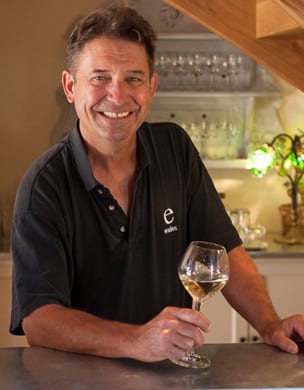
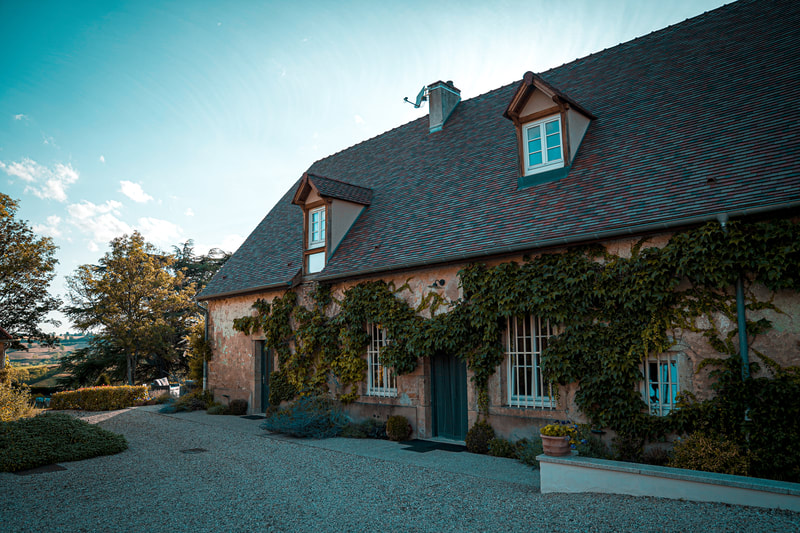

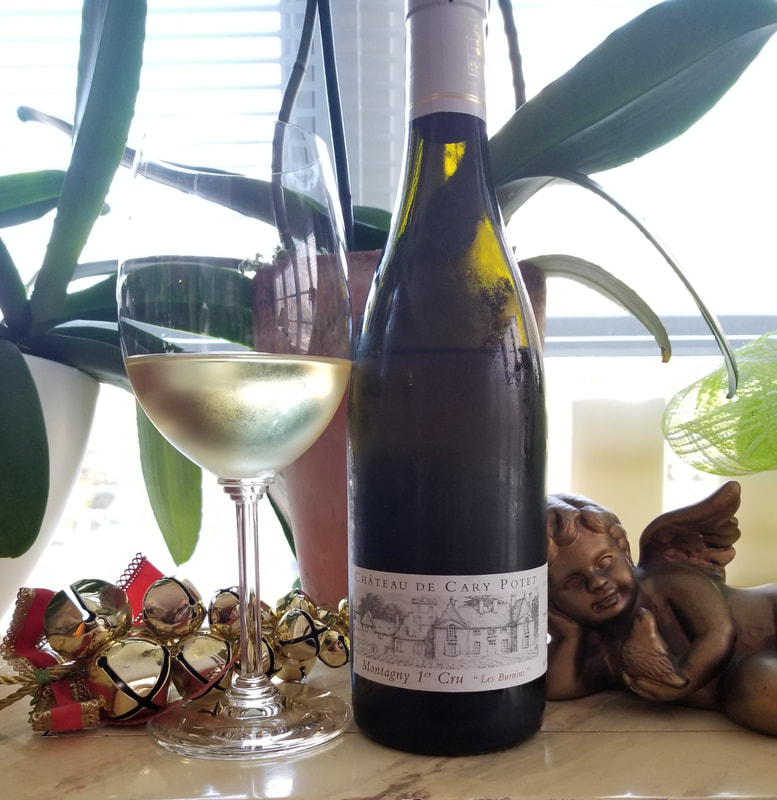
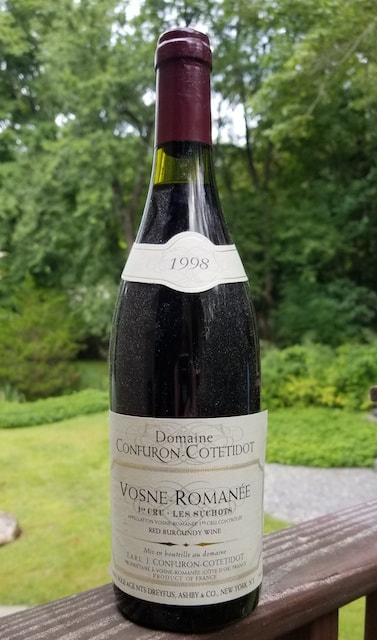
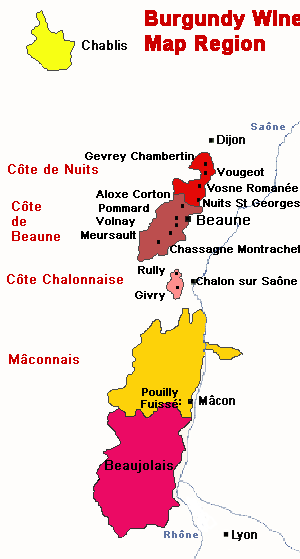
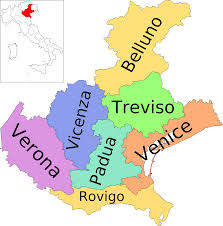
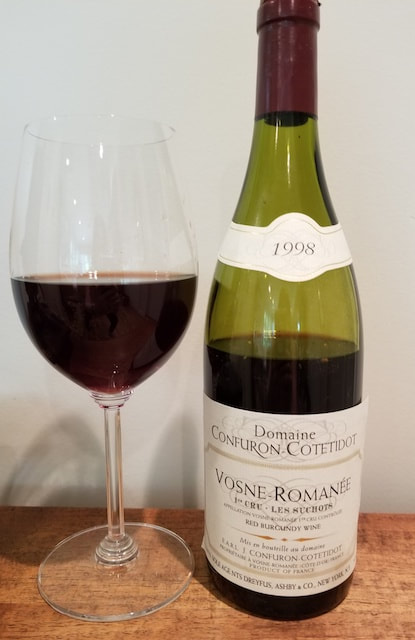
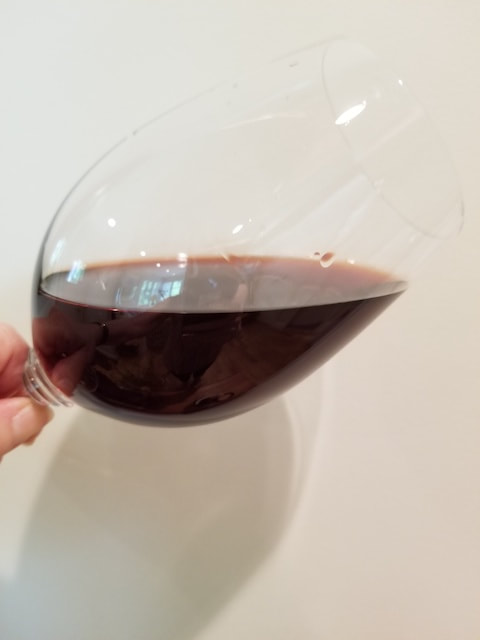
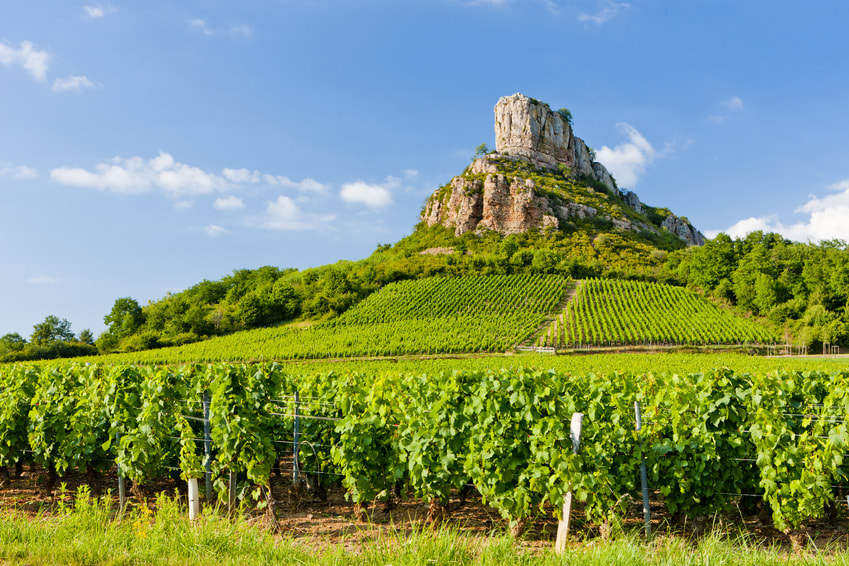
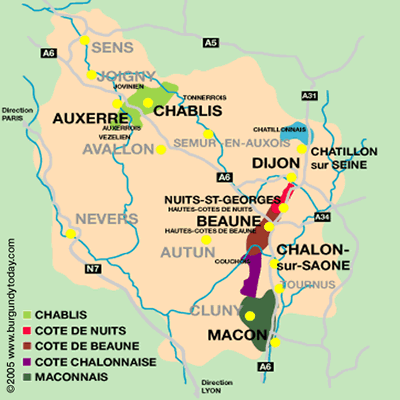
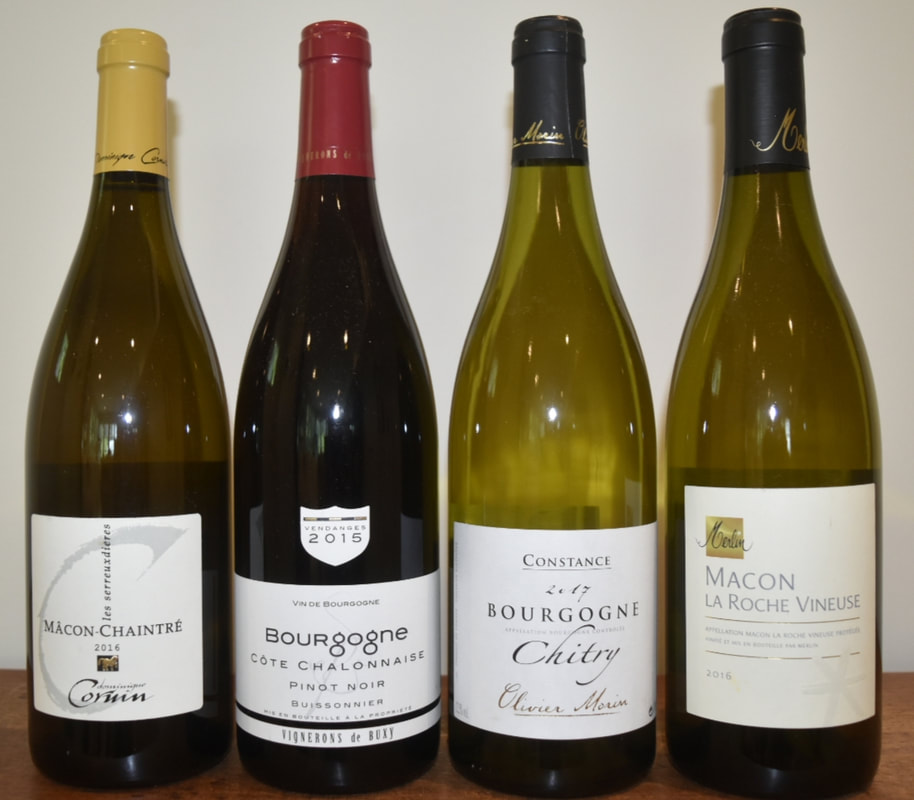
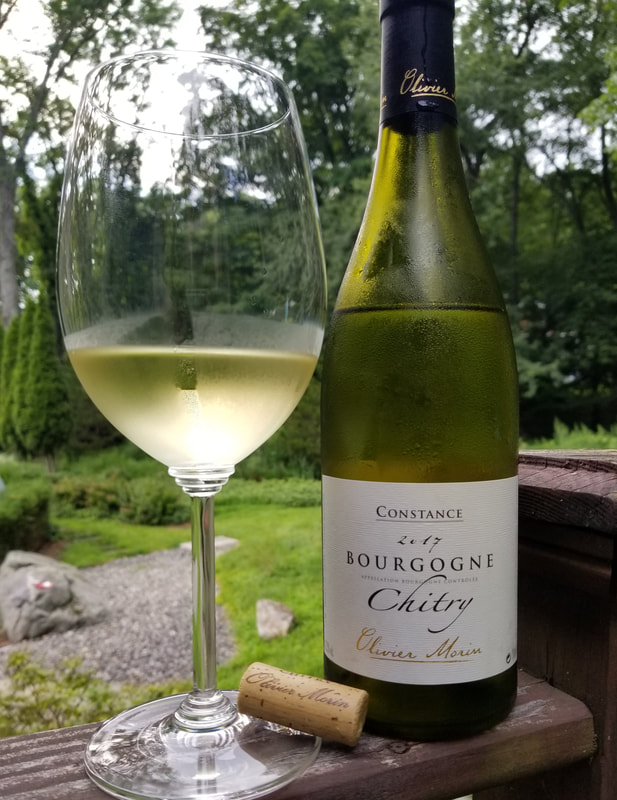
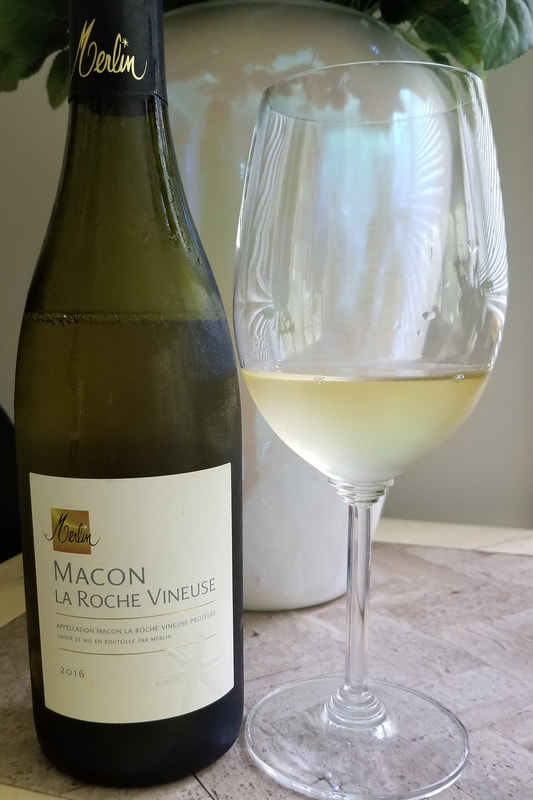
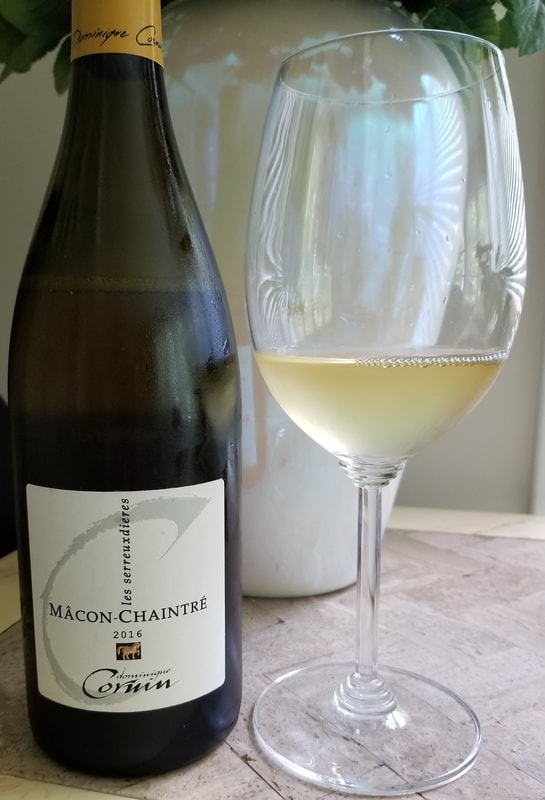
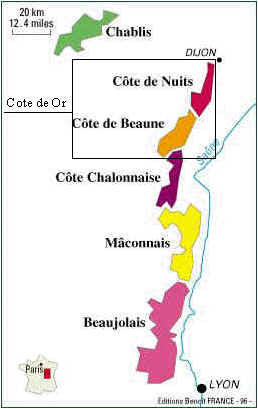
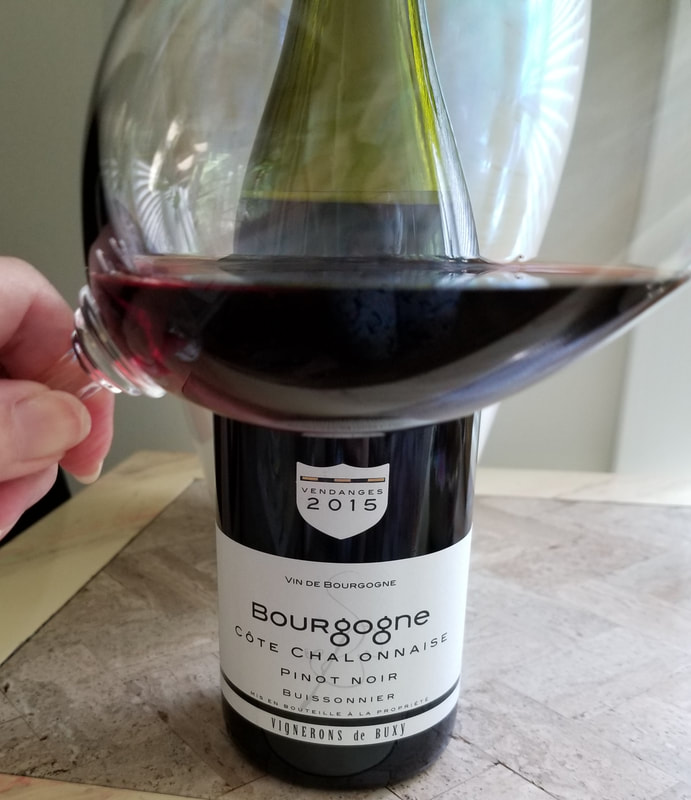
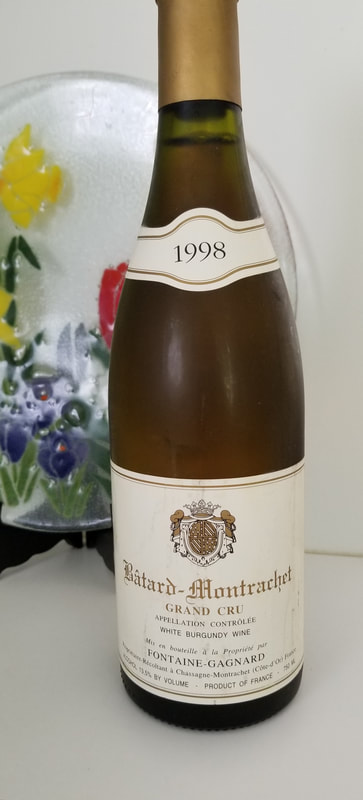
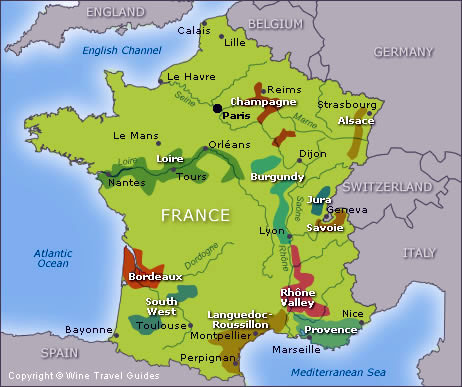
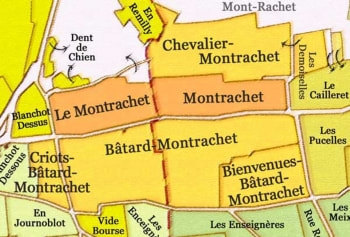
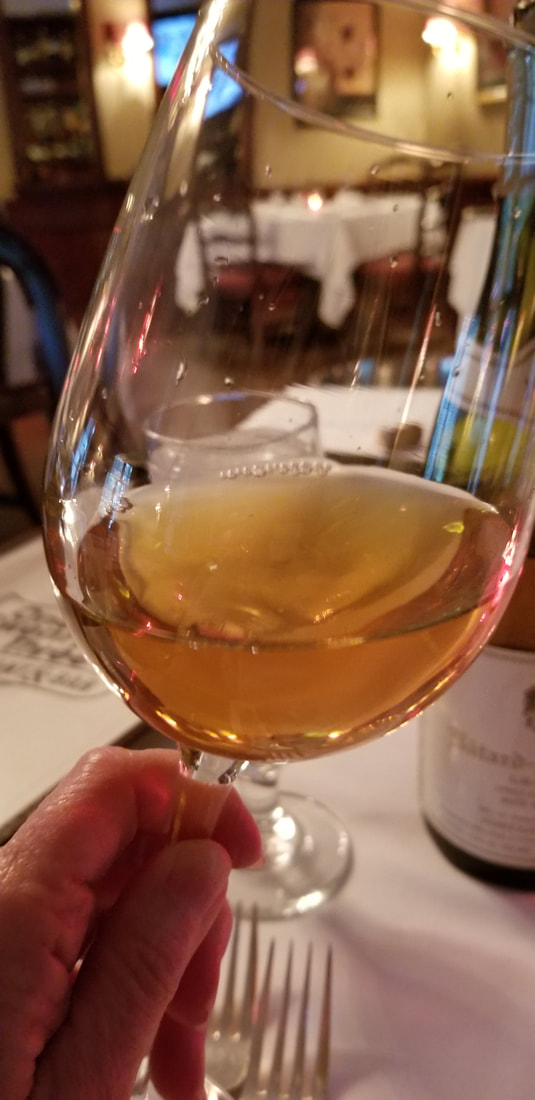
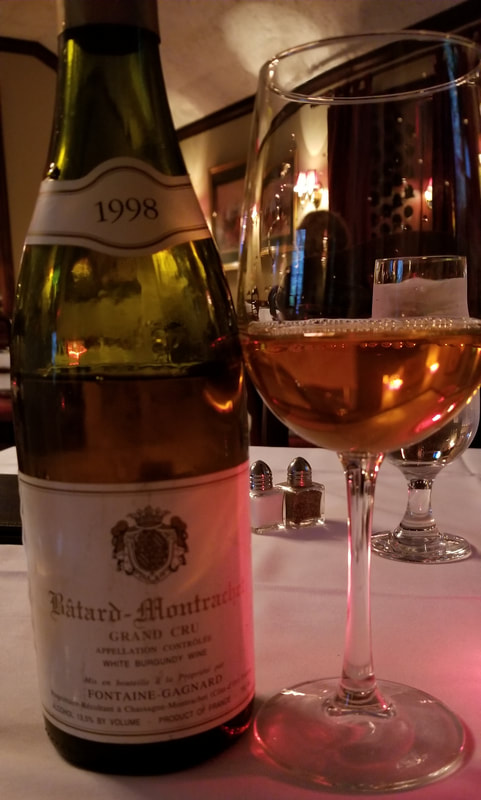
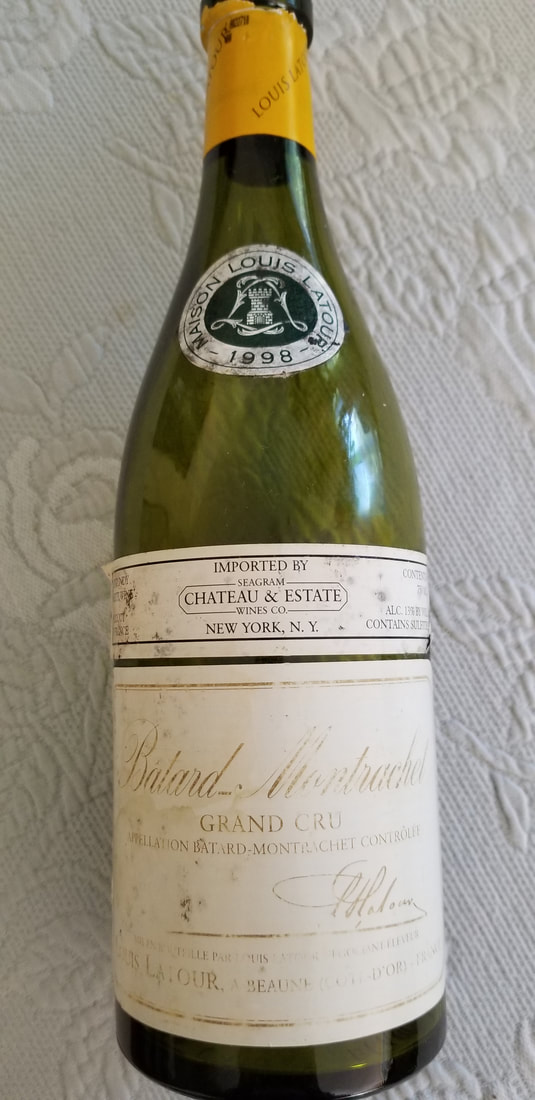
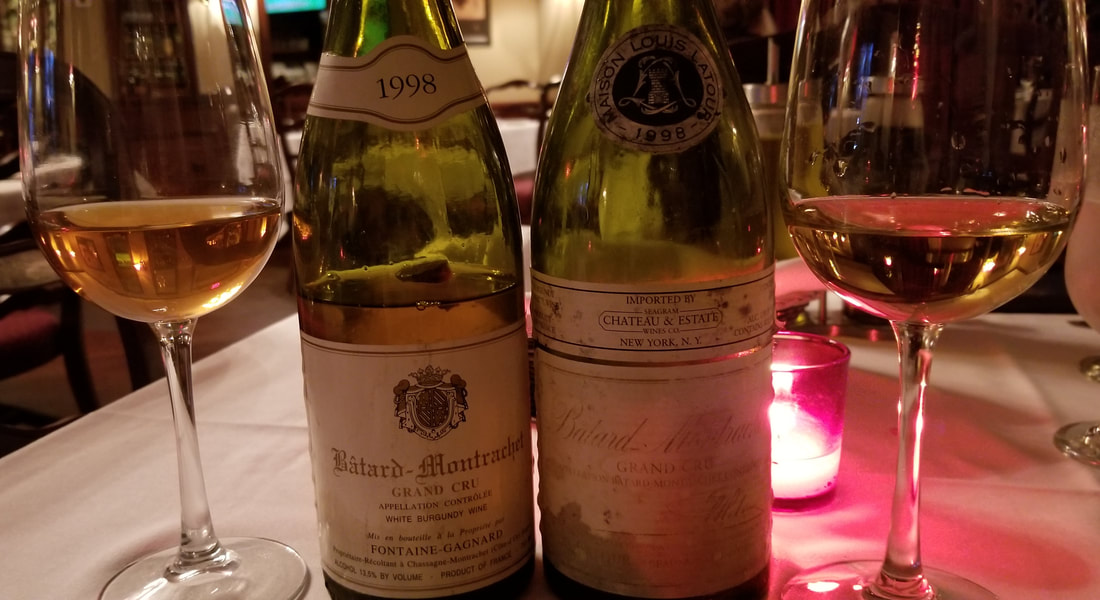
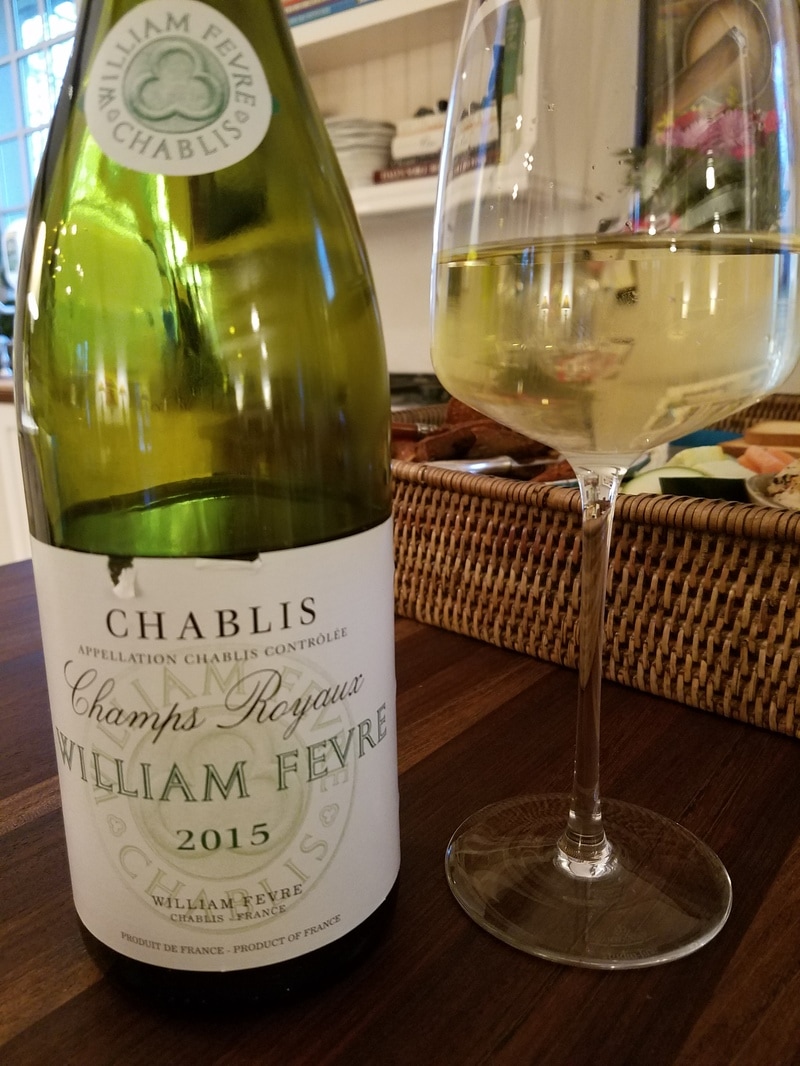
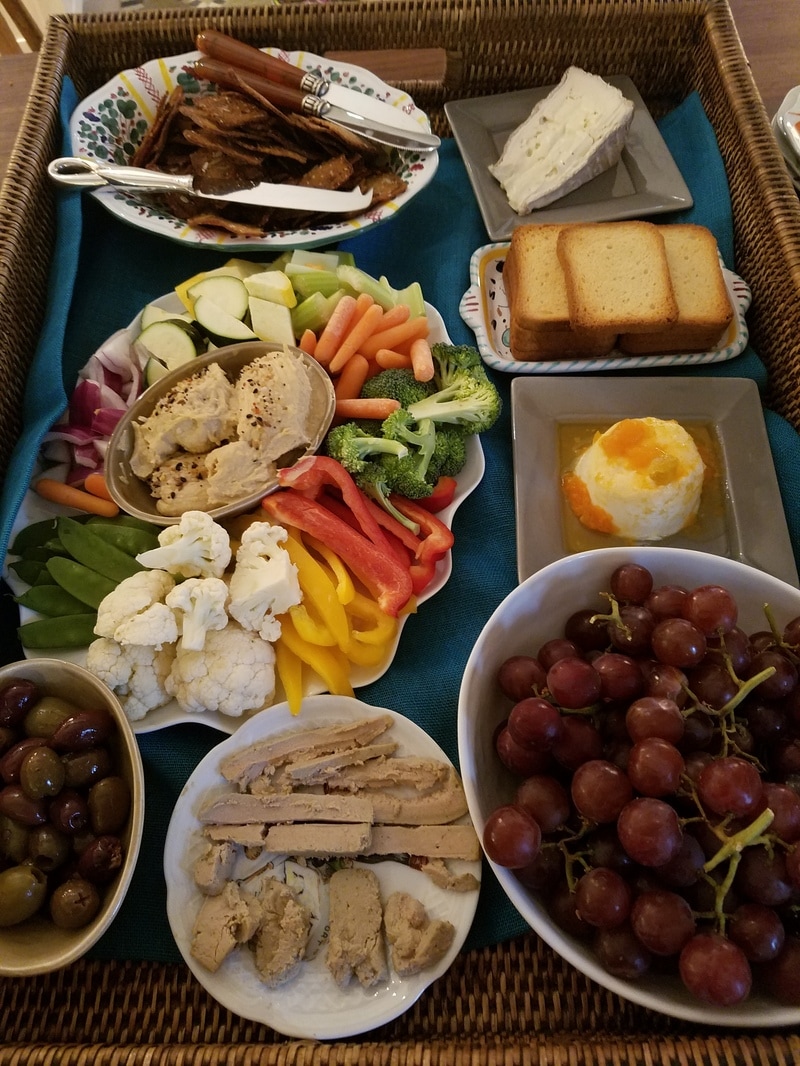

 RSS Feed
RSS Feed